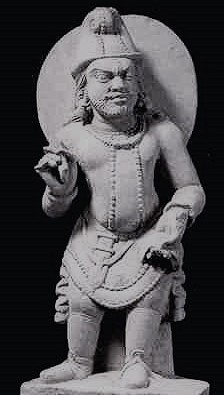
In around 2nd or 3rd century BCE, Maharshi Pingala described some numbers in ‘Matrameru’. These are the numbers , we will talk about today. This is the same Pingala who composed ‘Chandahsastra’, the first book that describes the binary number system.
AlSO READ- Conjunctivitis
In around 1202 CE, an Italian mathematician Fibonacci published a book called “Liber Abaci”, in which he introduced the Fibonacci sequence with the same numbers in ‘Matrameru’.
0, 1, 1, 2, 3, 5, 8, 13, 21……


In this sequence, each number is the sum of the two preceding ones(except 0 and 1). So 1+1=2, 1+2=3, 2+3=5, 3+5=8, 5+8= 13 and so on. The sequence has numerous fascinating mathematical properties and is found in various aspects of nature, art and science. The use of this sequence appears in- branching of trees, a pineapple, a conch shell, a cyclone, a spider’s web, galaxies etc.

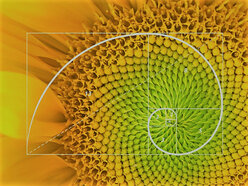
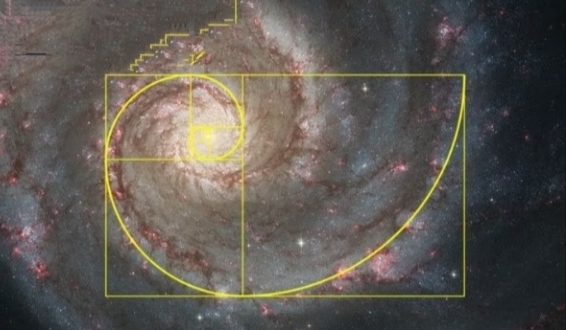


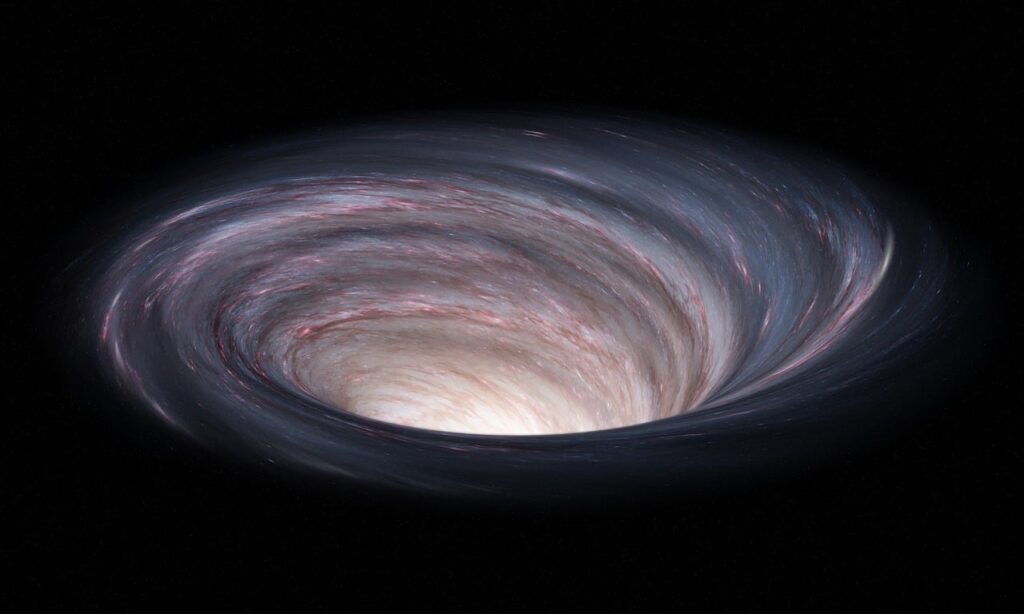
As we know, there are 12 Jyotirlingas in India. Jyoti means ‘radiance’ and lingam means ‘image or sign of Lord Shiva. Jyotirlingam thus means ‘the radiant sign of the almighty Shiva’.
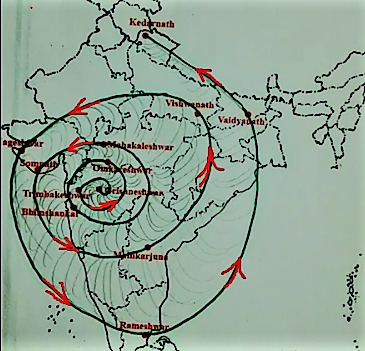
If we join these Jyotirlingas with a line, we find that it also creates a geometrical figure like the graph of the Fibonacci sequence. It means this special pattern is available in India since time immemorial. Why these Jyotirlingas are in this geometrical figure? Perhaps, the flow of energy is its main reason. Energy flows from a point where it is concentrated to the colder universe. Also, when we observe the solar irradiation map of India, we find that the Jyotirlingas are positioned as if they are giving energy to one another in energy flowing pattern.
It is possible that there are many other secrets of this incident that we do not know yet.
